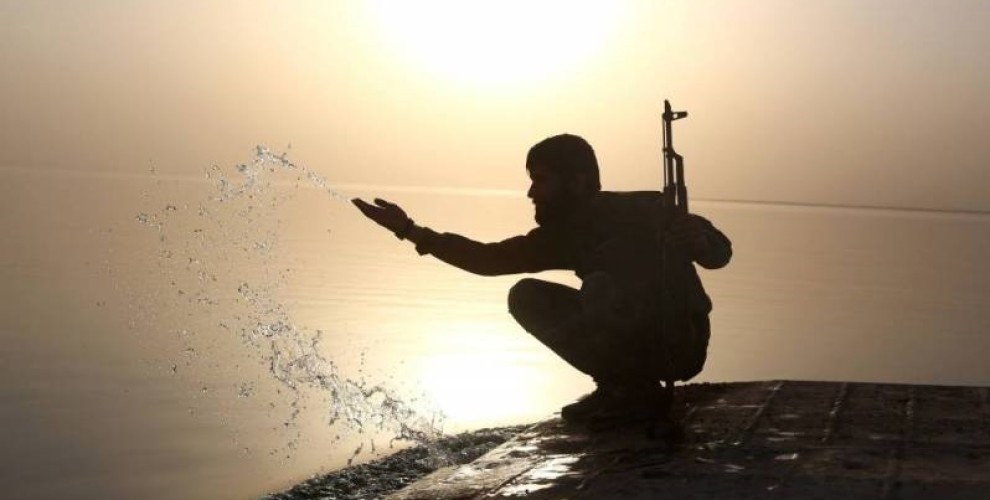Why is the Tabqa Dam important?
Syrian Democratic Forces (SDF) announced that the Tabqa town and Euphrates Dam have been completely liberated on Wednesday, May 10, following a 50 day long operation.
Syrian Democratic Forces (SDF) announced that the Tabqa town and Euphrates Dam have been completely liberated on Wednesday, May 10, following a 50 day long operation.

The operation to liberate Tabqa had launched on March 21. SDF fighters carried out operations in the region through airdrops. New tactics were tested in the operation. The waters of the dam were crossed by building bridges. The ISIS gangs were not expecting these raids.
The town of Tabqa is 55 km from Raqqa, which is considered to be the final operation. Taking this area will allow for the SDF forces to strengthen the ring around Raqqa from the south.
Ortadoğunun en büyük barajı olan #Tebqa Barajı da özgürleştirildi. Barajın havadan görüntüsü#Tabka#Rakka pic.twitter.com/3eQrVOftcG
— Nazım Daştan (@nazimodas4) May 10, 2017
Tabqa is important both economically and strategically. The city is made up of two parts: the new town al-Tahura (Revolution) and the old town with a large bazaar. This divide is due to the Euphrates Dam being built in 1968. In 2011, the town population was 250 thousand. Today it is estimated to be 75 thousand. To this, ISIS gangs and their families added another 10 thousand. The gang members were from Arab countries, Europe, Australia and the US.
Tabqa or Euphrates Dam is as important to Syria as the Aswan Dam is to Egypt. The Euphrates Dam is built over the Euphrates River. It encompasses 2800 kilometers. The river itself comes from Northern Kurdistan and travels further into Iraq. The dam is 4.5 km long and 60 meters high. There is also the Asad Lake formed by the Tabqa Dam, it is 50 km long and has a surface area of 630 km2, the largest water reserve in Syria with 12 billion cubic meters.
The dam was taken by armed groups claimed to be the “opposition” in February 2013. By early 2014, with ISIS taking Raqqa, the dam also fell under ISIS invasion.
The Tabqa Dam was completed between 1968-1973 with aid from the former Soviet Union. The Dam became the source of clean water for the region and is vitally important for agriculture and husbandry. The dam also has an important role in Raqqa’s economy. It has the capacity to produce 880 megawatts of energy and 600 thousand hectares of land can be irrigated by it. But because the soil is too salty, it is only possible to irrigate a third of this.
Following 50 days of intense clashes, the Syrian Democratic Forces had the gangs cornered in the buildings inside the dam. With this move, control of this largest dam in Syria was taken by the democratic forces for the first time.